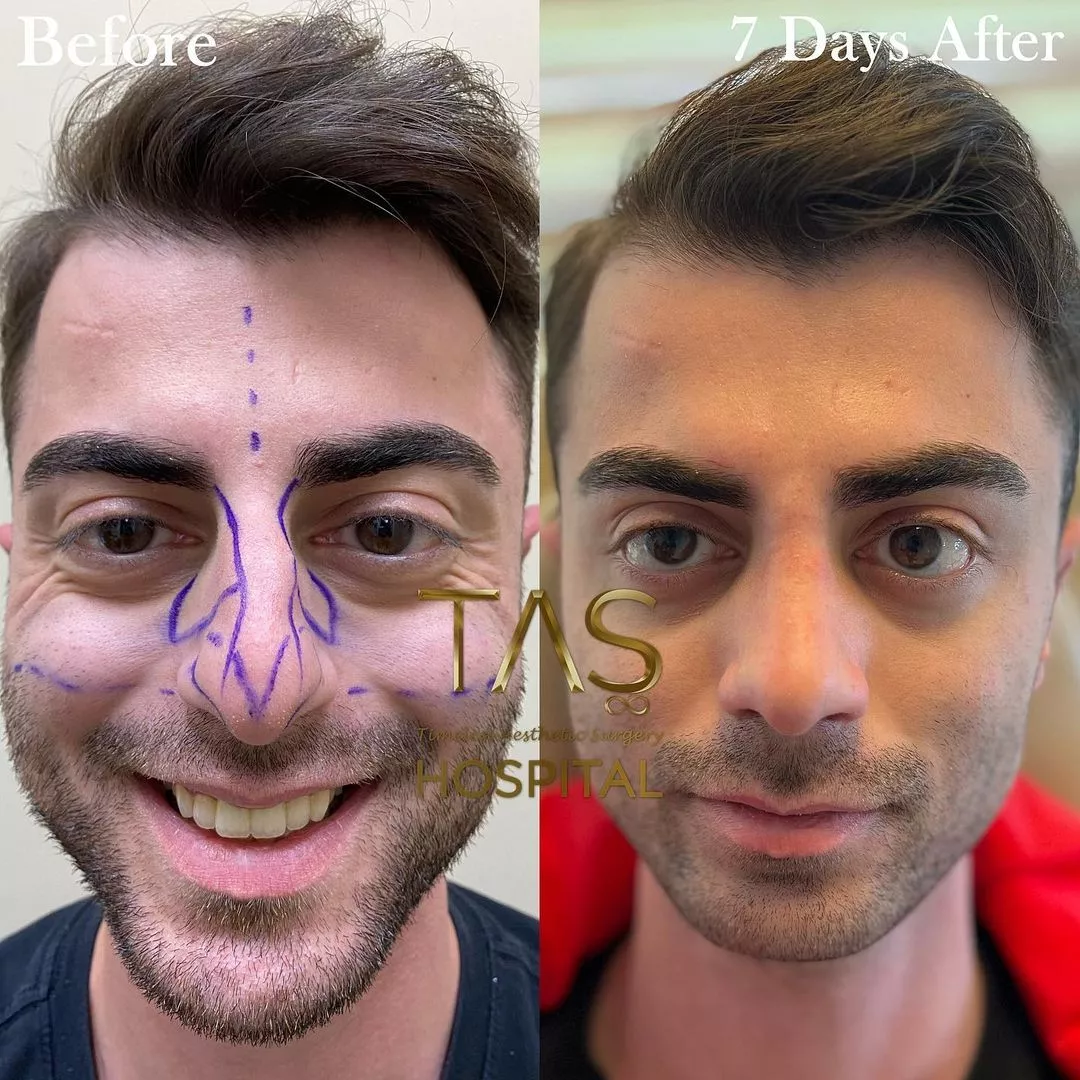Nose Surgery: Understanding Rhinoplasty and Its Benefits

Nose surgery, also known as rhinoplasty, is a medical procedure asian nose job cost aimed at altering the shape, size, or function of the nose. Whether for cosmetic reasons or to improve breathing, rhinoplasty has become one of the most common and widely performed types of plastic surgery. This article will delve into the purpose, process, and benefits of nose surgery.
What is Nose Surgery?
Nose surgery, or rhinoplasty, involves the surgical modification of the nose to enhance its appearance or functionality. It can be categorized into two types: cosmetic rhinoplasty and functional rhinoplasty. Cosmetic rhinoplasty focuses on aesthetic changes, such as reshaping the nasal bridge, adjusting the size of the nostrils, or altering the tip of the nose to achieve a more balanced facial appearance. Functional rhinoplasty, on the other hand, addresses breathing issues, such as correcting a deviated septum or repairing other structural nasal problems that may impede airflow.
The Purpose of Nose Surgery
The reasons for opting for nose surgery can vary greatly, depending on the individual. Some may choose rhinoplasty to enhance their facial symmetry or improve their profile, while others may seek surgery to alleviate functional problems, such as chronic sinus issues or difficulty breathing due to a structural defect in the nose. In some cases, patients may require a combination of both cosmetic and functional changes.
- Aesthetic Enhancements: Rhinoplasty can provide significant improvements to an individual’s facial aesthetics. A more symmetrical or proportionate nose can improve self-esteem and confidence. This could involve reducing the size of a bulbous nose, straightening a crooked nose, or refining the nostrils to match the overall face.
- Functional Improvements: A deviated septum, enlarged turbinates, or nasal polyps can obstruct airflow, leading to breathing difficulties. Functional rhinoplasty aims to correct these issues, improving the patient’s quality of life by enhancing airflow and reducing symptoms of nasal congestion, snoring, and sleep apnea.
The Rhinoplasty Procedure
Rhinoplasty is typically performed under general anesthesia or local anesthesia with sedation, depending on the complexity of the surgery and the patient’s preference. The procedure itself usually lasts between one and three hours, depending on the type of surgery being performed.
During the procedure, the surgeon may make incisions inside the nostrils (closed rhinoplasty) or across the columella (the tissue between the nostrils) for open rhinoplasty. The incisions allow the surgeon to access the bone and cartilage, which are then reshaped to achieve the desired outcome. In functional rhinoplasty, structural corrections may involve straightening the septum, reducing the size of the turbinates, or removing blockages.
Recovery and Aftercare
Following nose surgery, patients may experience swelling, bruising, and discomfort, but these effects generally subside within a few days to weeks. The recovery time can vary depending on the complexity of the procedure and whether the surgery was cosmetic, functional, or both. Most patients can return to work and normal activities after about 7-10 days, though strenuous activities should be avoided for at least 4-6 weeks.
Patients should follow their surgeon’s aftercare instructions, including taking prescribed medications, avoiding pressure on the nose, and attending follow-up appointments. Full results of the surgery may take several months to appear as the swelling continues to subside.
Benefits of Nose Surgery
The benefits of nose surgery are both physical and emotional. For cosmetic rhinoplasty patients, the transformation can lead to a boost in self-confidence and self-image. Functional rhinoplasty, on the other hand, can improve breathing, reduce symptoms of nasal congestion, and enhance overall well-being.
In many cases, nose surgery improves both form and function, offering individuals the chance to breathe better while also feeling better about their appearance. As with any surgery, it’s important to consult with a qualified and experienced surgeon to discuss expectations, risks, and the best approach to achieving the desired outcome.
In conclusion, nose surgery is a highly effective option for those seeking cosmetic improvements or functional relief from nasal issues. Whether to correct structural defects or enhance appearance, rhinoplasty can provide life-changing benefits, improving both physical health and emotional well-being.

Post Comment